Bubbly brilliance: the meticulous methods of Franciacorta
Toss the Prosecco aside and ready your tastebuds - ‘Italy’s Champagne’ awaits
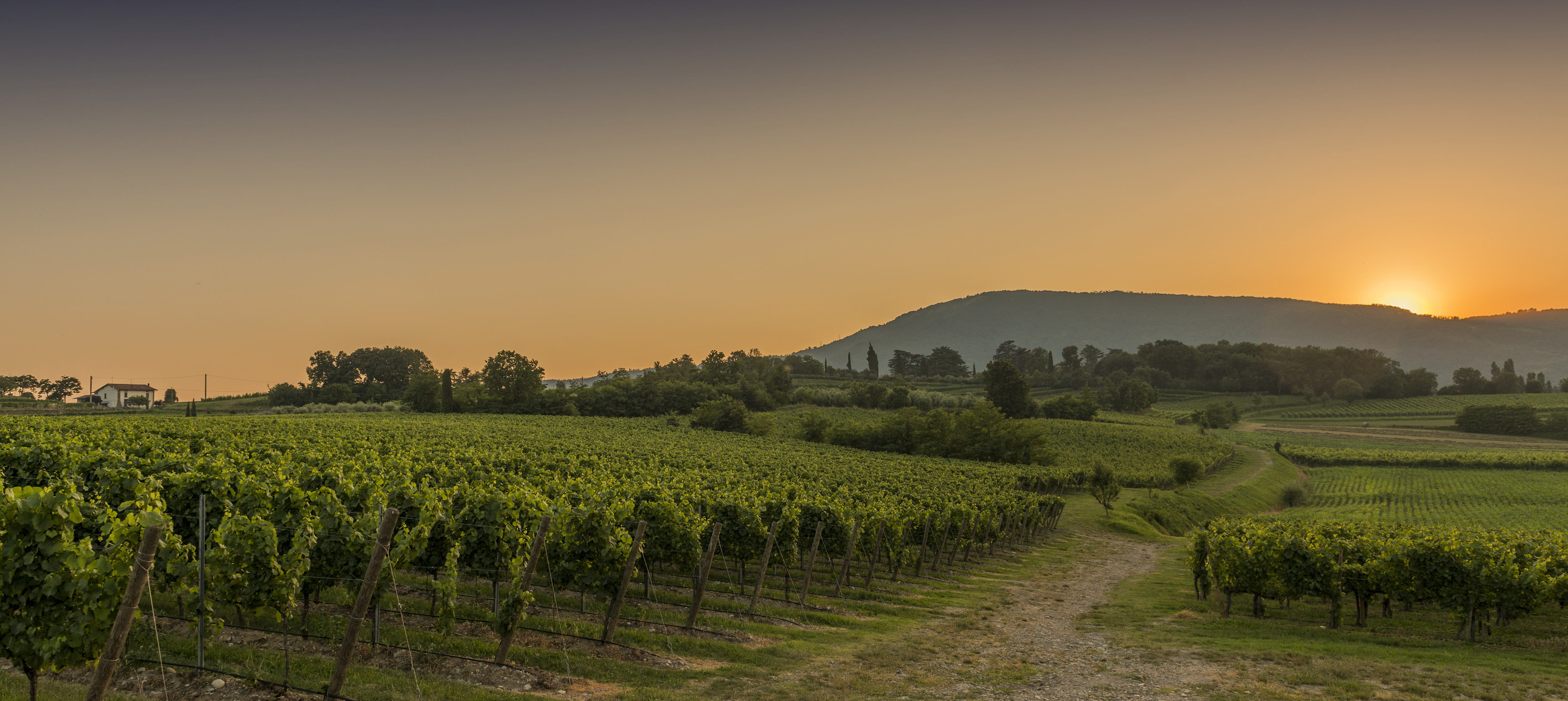
The extraordinary popularity of Prosecco has long been a curiosity to many in the wine industry. While I personally have little issue with it as a dinner party staple, more clued-up oenologists often talk of the ubiquitous fizz as sickly and lacking in depth compared to similar sparkling Italian whites.
And even as someone happy to knock back a glass, I am aware of Prosecco’s fairly static varietal spectrum, where vineyard-specific subtleties of flavour are by the wine’s industrial mass production.
Exclusivity or scarcity can also hardly be said to be drawing factors; at least one variety of Prosecco can be found in the smallest of corner shops, collecting dust next to a block of lumpy Bulgarian halloumi and an out-of-date Twix.
The Week
Escape your echo chamber. Get the facts behind the news, plus analysis from multiple perspectives.

Sign up for The Week's Free Newsletters
From our morning news briefing to a weekly Good News Newsletter, get the best of The Week delivered directly to your inbox.
From our morning news briefing to a weekly Good News Newsletter, get the best of The Week delivered directly to your inbox.
So I’m afraid I will now have to join in respectfully disagreeing with those who revel in referring to Prosecco as “Italy’s Champagne”. Instead, many experts worth their salt in the European sparkling wine scene will almost certainly tell you that if you’re looking for the real Italian answer to Champagne, a small, unassuming appellation in the far north of the country is where you’ll find it.
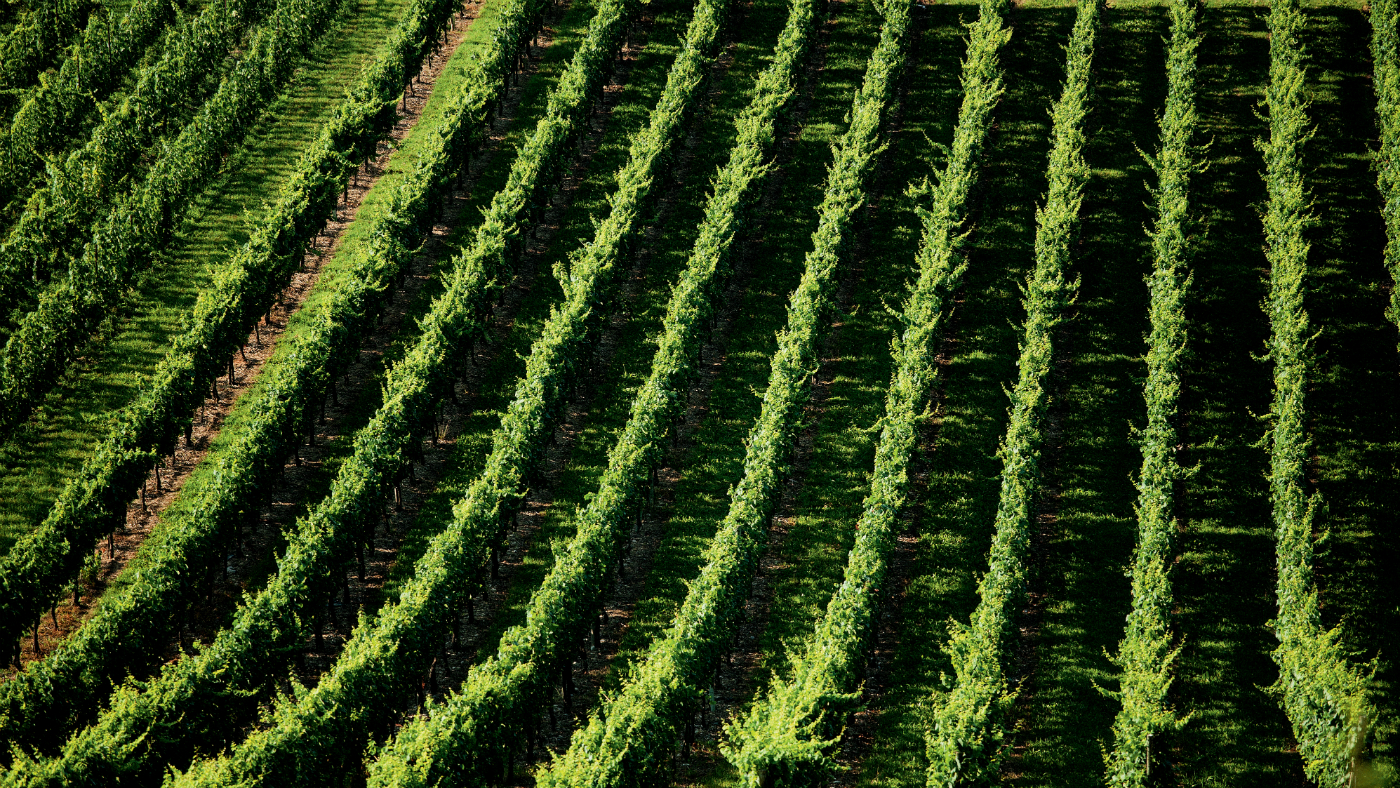
Despite being relatively unknown in the UK, Italians are obsessed with the wines of Franciacorta. High-quality, varied and painstakingly crafted using the “traditional method”, Franciacorta wines are the long-lost cousin of Champagne. The two are created using the same fermentation technique - indeed, they are the only two wines wordwide whose names refer to the wine and the method and region of production - and the same grapes, which gives them similarly dry, delightfully yeasty flavours.
Franciacorta’s status as an under-the-radar gem compared to its French cousin makes sense when you dig a little deeper. For a start, sparkling wine has only been produced in this delightfully hilly region, tucked away amidst the humid greenery and soaring fjord-like lakes of northern Italy’s Lombardy region, since the 1960s. Around 25 years ago, it gained the coveted Denominazione di Origine Controllata e Garantita (DOCG) status. Sparkling Champagne, by contrast, has been consistently produced in its own region for at least 350 years. Furthermore, Franciacorta's annual production is around 17.5 million bottles per year - for comparison, Champagne pumps out a whopping 600 million in the same timeframe.
And that, really, is what makes Franciacorta so special. It feels somewhat cliche to wax lyrical over a wine region focussing on quality over quantity, but with Franciacorta it feels justified. The process is blood, sweat and tears all the way through - a meticulously crafted wine using strictly-selected hand-picked grapes which carry flavours unique to the jagged, mineral-rich topography of this post-glacial region, which even has its own microclimate characterised by unusually warm summers shot through with cooling Alpine breezes.
A free daily email with the biggest news stories of the day – and the best features from TheWeek.com
From this lush landscape grow the grapes from which the final product is comprised - Chardonnay, Pinot Noir and Pinot Blanc, with the latter needing to make up a maximum of 50% of the blend of each wine, while rosés must also have a minimum of 35% Pinot Noir.
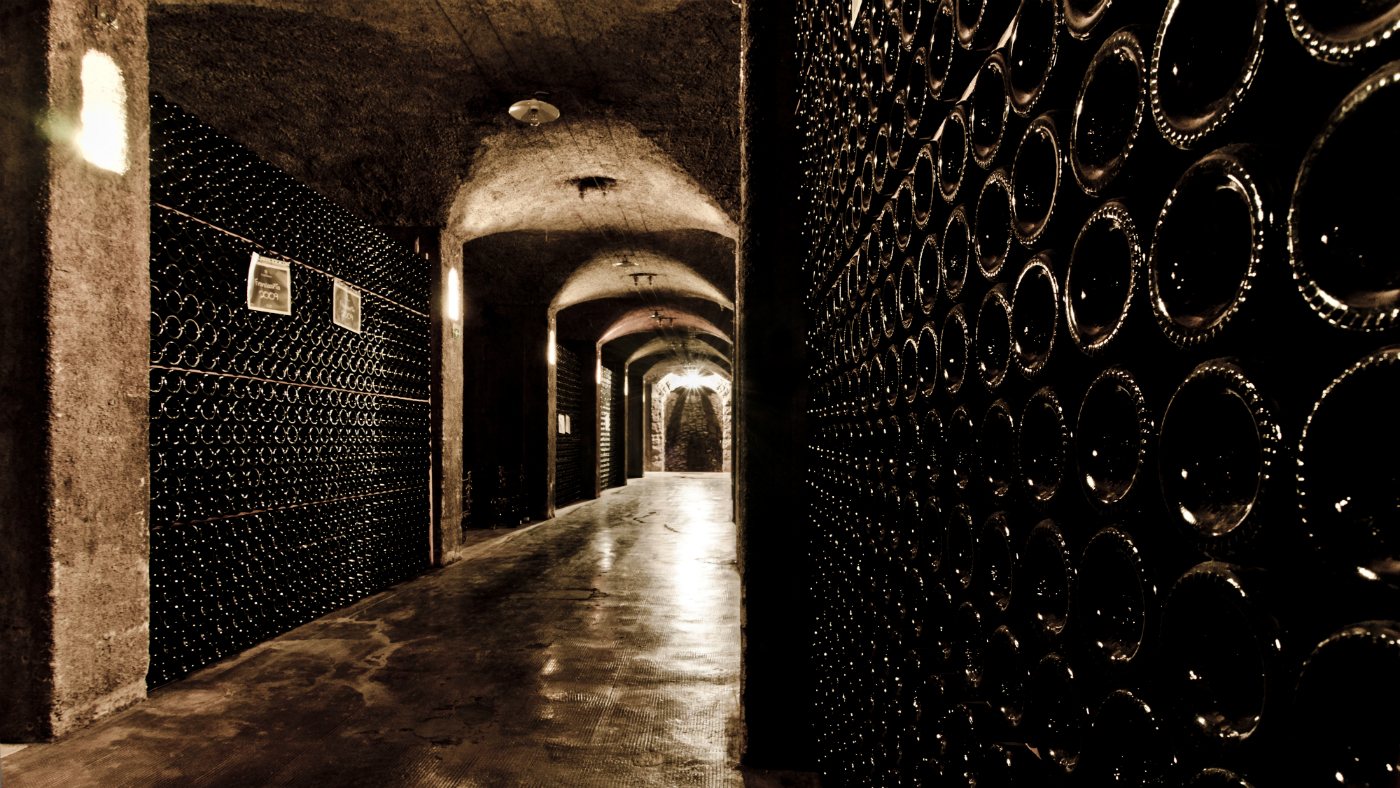
The fermentation method, too, is painstaking. Franciacorta wine is made using the so-called “Method Champenoise”, which involves a secondary fermentation in the bottle. During this fermentation, the CO2 created is absorbed into the wine, followed by a slow maturation and ageing on the lees, the length of which is determined by the style of wine being created. In the case of Franciacorta, aging must last no fewer than 18 months for the Brut style wines, 24 for for Rosé and Satèn, 30 for the Millesimatos (vintage wines), and a full 60 months for the Riservas.
But there’s more - the bottles are then placed into racks and are rotated 45 degrees daily, by hand, over the course of multiple weeks, and simultaneously tilted bit by bit to allow the sediment and yeast to drop towards the neck of the bottle, making it easier to remove in a - quite literally - explosive process known as degorgement.
And it’s during the next stage that personal tastes come into play. Dosage (pronounced the French way) is a procedure in which an extremely specific amount of sugar is dissolved into wine to give it certain sweetness or dryness, depending on the style. Unsurprisingly, Franciacorta once again takes after Champagne here, mirroring its dosage guidelines almost exactly. Going from driest to sweetest, Franciacorta offers a viciously crisp Pas Dosé, which has almost no sugar added to it, followed by robust Extra Brut, Brut and Extra Dry varities, while the Sec and Demi-Sec are wonderfully fruity options.
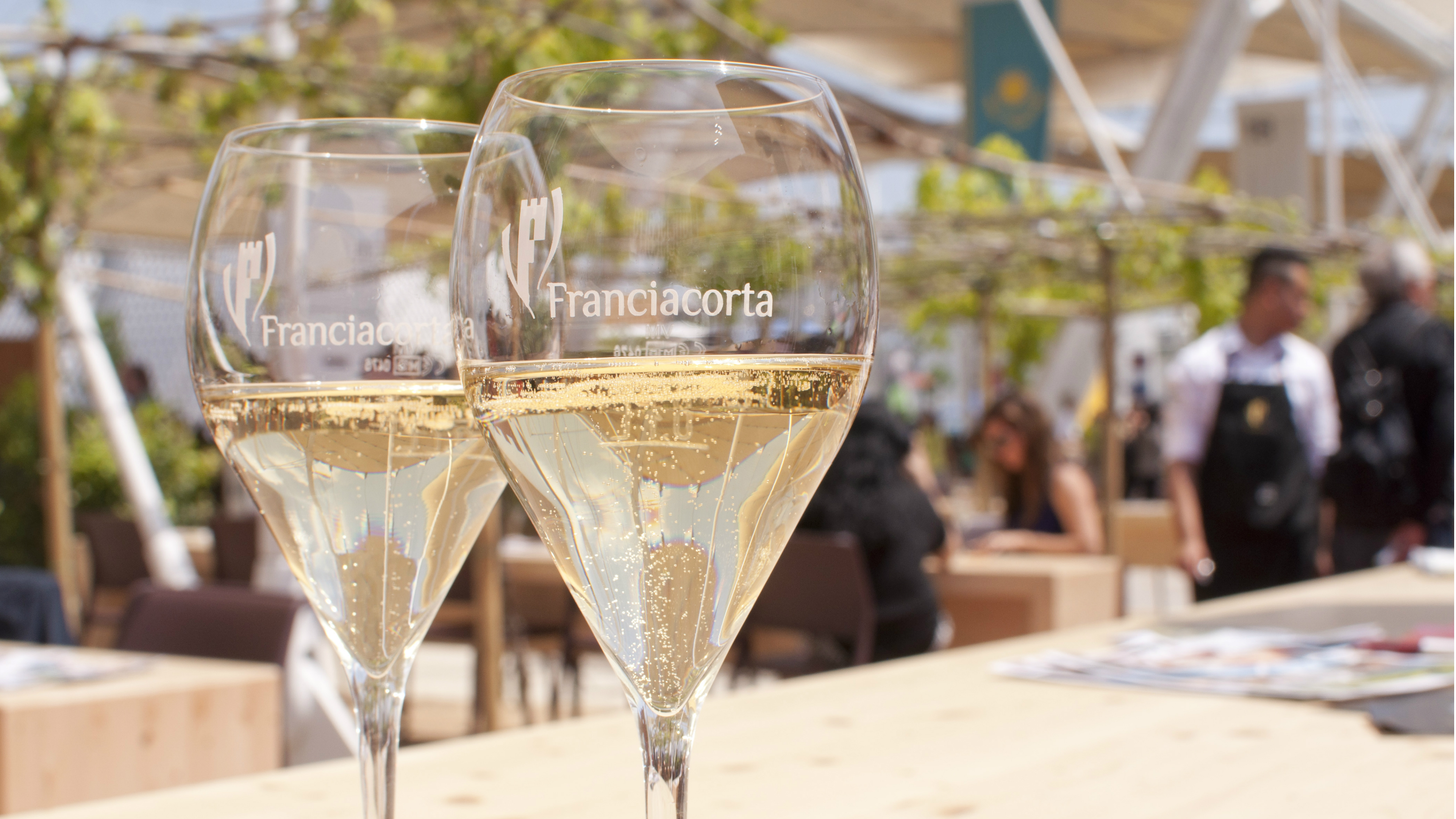
My personal favourite was the Saten - a class of sparkling white I had never tried previously. It’s a deliciously dry white given a gorgeous, summery straw-yellow colour by its Chardonnay grapes, with a rich floral nose with a hint of ripe fruits. Bready flavours are complemented by notes of almonds, hazelnuts and a citric quality that - unusually - lends an almost savoury quality to this light, thoroughly refreshing wine.
But there’s more to the name Franciacorta than just the wine. Showing a bottle off at your next dinner party is all well and good, but wouldn’t you rather be sipping it from the shores of Lake Iseo? Or in the frankly stunning cobbled courtyards of Rovato?
Situated just 45 minutes east of Milan Linate airport, using public transport I managed to get from my front door in rain-drenched south London to the sloping vineyards of Franciacorta, bathed in glorious amber sun, in barely four hours.

The region, though small in size at around 77 square miles, is packed with a whopping 116 wine producers, as well as a wealth of places to stay while one tours them, from bucolic family farms in secluded valleys to boutique spa hotels of gobsmacking luxuriance atop grand rolling hills. And of these cosy pit stops, two stand head and shoulders above the rest while offering thoroughly different styles of accommodation: Le Quattro Terre and L’Albereta Resort.
Le Quattro Terre, a lively, modernised take on agriturismo (“farm-stay”), sits just above a vast expanse of vines in all directions, affording guests a rather wonderful view stretching from Monte Alto in the north to the flat plains of Brescia to the southeast. The accommodation itself is stripped-back and clutterless, with almost all walls from the rooms to the gorgeous vaulted arches of the dining room alternating between layers of thick, unembellished white paint and exposed red brick.
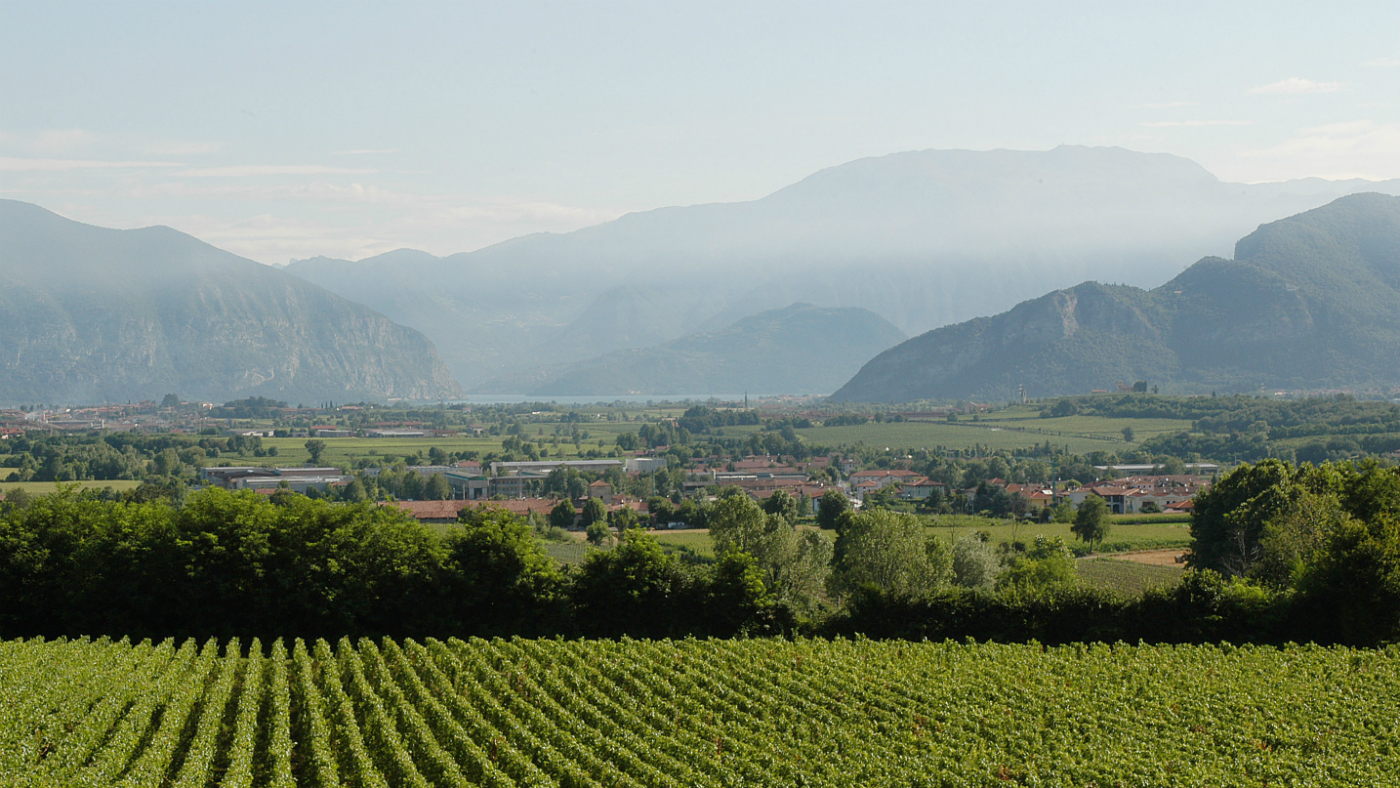
Down in the ristorante, breakfast is a quintessentially Lombardic affair, with fresh cold cuts and local cheeses (including the world-famous grana padano) available alongside Quattro’s delicious scrambled eggs. And the coffee, of course, is second-to-none.
Meanwhile, just a six minute drive from Le Quattro Terre, visitors who opt instead for L'Albereta Relais & Chateau are in for a rather different experience; its owners having eschewed rustic tendencies for an extravagant display of precision design within a 19th century hilltop villa. From the vibrant Renaissance-style frescos in the bar to the Murano chandeliers in the conference room, every communal space is deftly decorated, every colour is immaculately coded - and the terrace overlooking the shores of Lake Iseo tucked beneath the surrounding mountains is frankly stunning.
While its 57 rooms make it modest in size compared to many five-star resorts, this remarkable hotel sits on a behemoth of a complex, the grounds of which contain four restaurants (one with a Michelin star), a sculpture garden, tennis courts, fitness trail, outdoor pool area and a 2000m² state-of-the-art wellness area comprised of a sauna, Turkish bath, hot tub, current pool, 14 separate treatment rooms and multiple fitness facilities. But perhaps most importantly, L’Albereta also functions as a superb launching point for the region’s myriad vineyards, with the closest - Bellavista - just a nine minute walk from its front door.
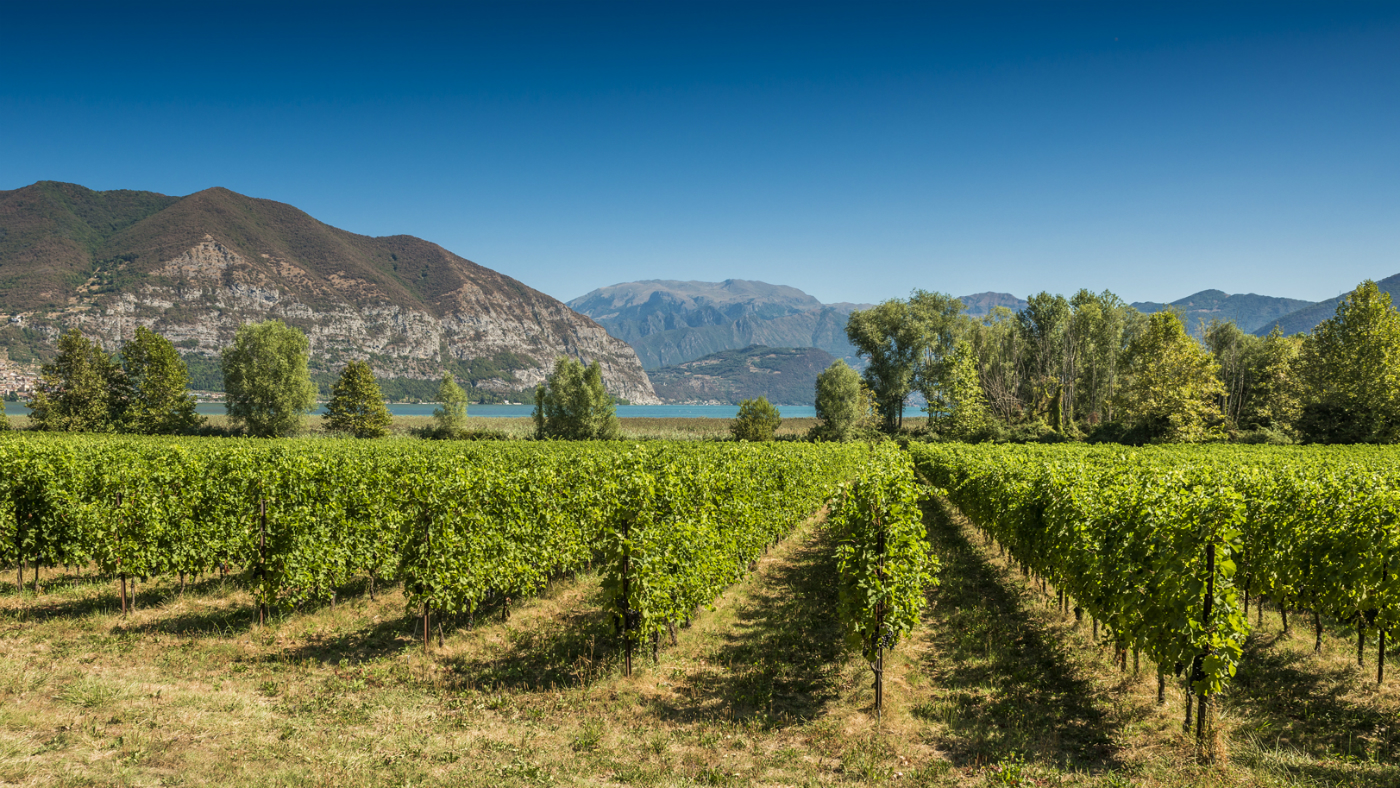
Touring the opulent winery at Bellavista, founded in 1977, feels like jumping in at the deep end when it comes to exploring the wines of Franciacorta. Now producing 1.2m bottles per year from its 190 hectares of vineyards, this is the second-largest producer of the wine in the region. Striking art pieces and water features dot the winery’s enormous front courtyard, dominated by an gargantuan swing sculpture, looming large over on-site the tasting room. In here, guests can sample the highlights of Bellavista’s back catalogue, including a the zingy, intense Pas Operé Millesimato and a stunningly pure, delicate Saten, made from 100% Chardonnay grapes.
For a sample of some more fine Franciacortas in a rather picturesque location, any whistlestop tour of the region must include Castello Bonomi, just 20 minutes up the road from Bellavista. Here, in the shadow of Monte Orfano, the steep, wildflower-flanked vineyards are the beneficiaries of a tiny microclimate, offering the vines baking sunshine tempered by a cool breeze. The highlight of Bonomi’s Franciacorta wines - sampled beneath Cypress trees in its terracotta-clad courtyard - is the Brut CruPerdu, a Chardonnay-Pinot Noir blend. Its wonderful exotic fruit and almond notes beg to be paired with “missultin”, a local delicacy of salted and sun-dried agoni fish from Lake Como.
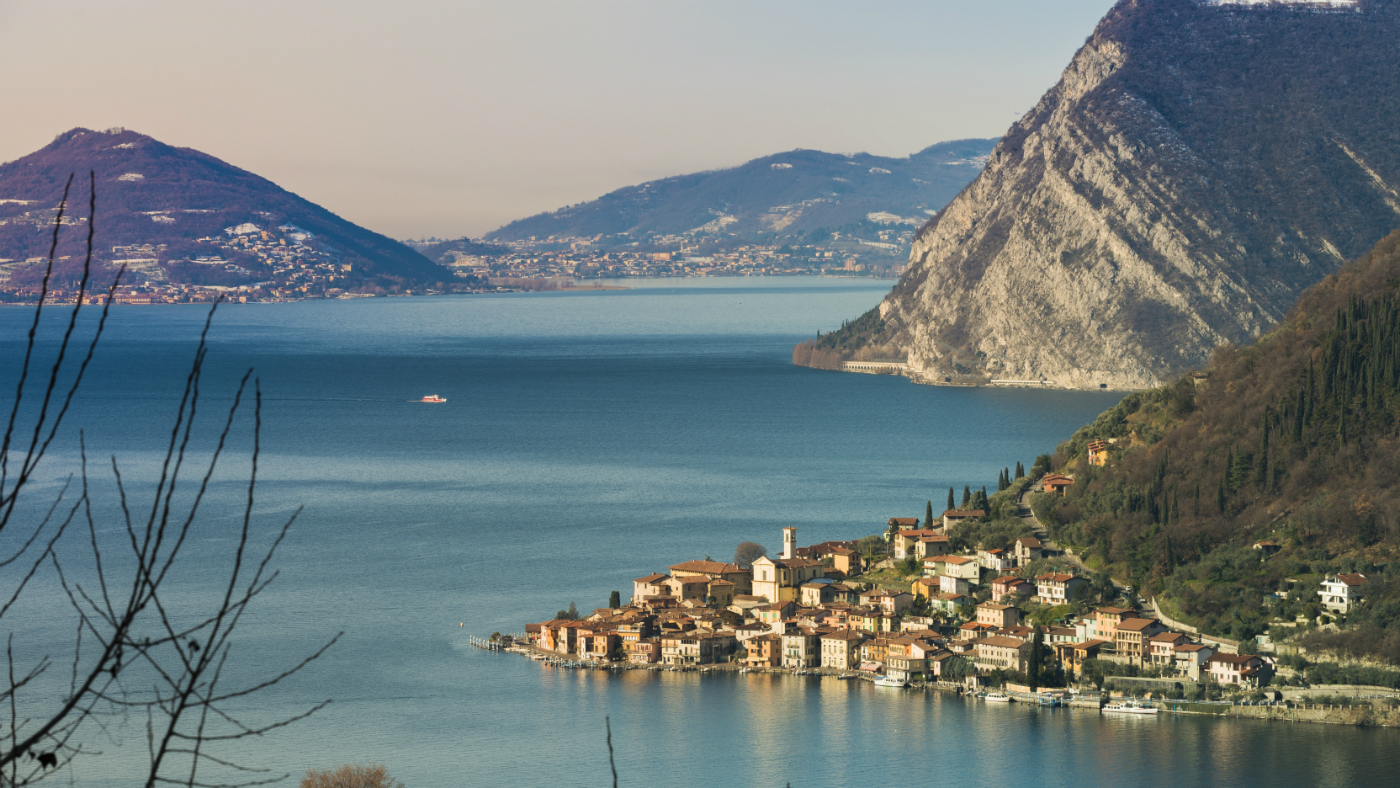
It’s also worth mentioning that, unusually for this bubble-centric region, Bonomi also produces a stonking red wine dubbed the Curtefranco Cordelio. This thunderous, tannin-heavy blend of Cabernet Sauvignon, Merlot, Cabernet Franc, Merlot and Nebbiolo is not for the fainy-hearted, mixing a Brunello-like chocolatey elegance with a dryness so intense it’s not far off a good Plavac Mali.
If you’re embarking on a short trip to the region, a final stop should be made at La Montina, founded in the late 1980s by the Bozza brothers; Vittorio, Gian Carlo and Alberto. One of the most popular vineyards in the region, La Montina has become renowned for its versatile wines, its founders dedicated to reinventing the sparkling white as a complement to a meal, rather than a party fizz.
Among the best wines here is a fragrant 2011 Millesimato Brut, dominated by a honey sweetness countered by a delicate sourness and a gently foam. But for me the undoubted standout is their Rose Demi-Sec, a finessed blend of 60% Pinot Noir and 40% Chardonnay reminiscent of succulent red berries with a hint of tannic sharpness. And if you’re lucky, your La Montina cellar tour might even include a viewing of the explosive degorgement process up close - so don’t wear your Sunday best.
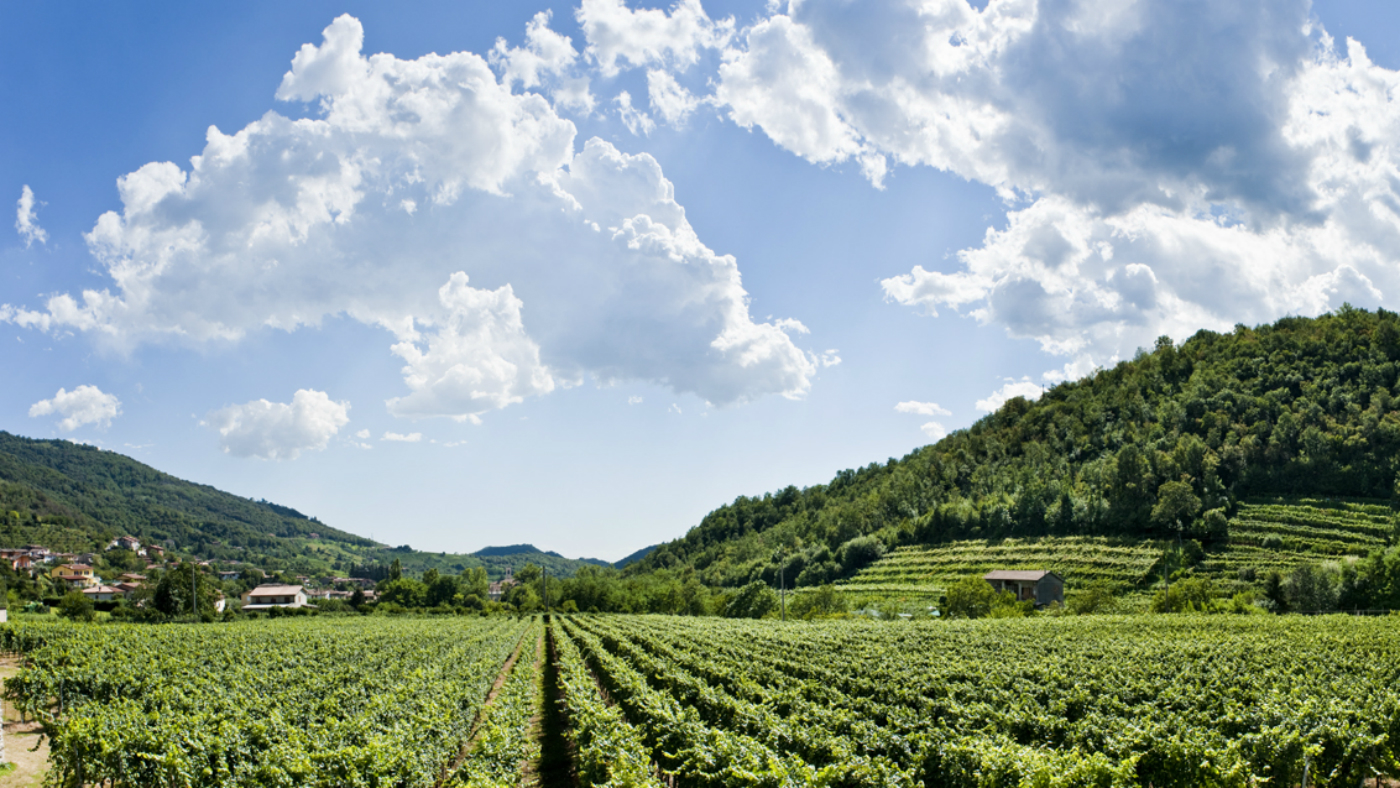
Franciacorta represents the best of the European sparkling wine industry; a veritable fever dream for newcomer hipsters and fussy connoisseurs alike, offering exceptionally high-quality wines with depth and complexity along with a beautiful corner of Alpine Italy in which to drink them. When it comes to tingling bubbles, yeasty tang and a fruity nose, Franciacorta is deserving of an accolade as lofty as “Italy’s Champagne” - a classy, elegant example of what can be acheived when terroir, climate and are wrangled by the right hands, and a worthy rival to some of Europe’s great sparkling wines.
But when it comes pre-packaged as part of a sun-baked holiday in the lakes of Lombardy? It’s simply unbeatable.
Le Quattro Terre: double room from €90 per night, breakfast included. A classic room at L'Albereta starts at around €288 per night. Castello Bonomi winery tour with tasting from €15. Remo Lucia Sport offers 4 hour bike tours with stop in a winery for guided visit and tasting: € 45 with mountain bike, € 65 with e-bike.
-
 Political cartoons for December 17
Political cartoons for December 17Cartoons Wednesday's political cartoons include healthcare affordability hoax, giving up, and more
-
 Trump vs. BBC: what’s at stake?
Trump vs. BBC: what’s at stake?The Explainer The US president has filed a $10 billion lawsuit over the editing of Panorama documentary, with the broadcaster vowing to defend itself
-
 Animal Farm: has Andy Serkis made a pig’s ear of Orwell?
Animal Farm: has Andy Serkis made a pig’s ear of Orwell?Talking Point Animated adaptation of classic dystopian novella is light on political allegory and heavy on lowbrow gags
-
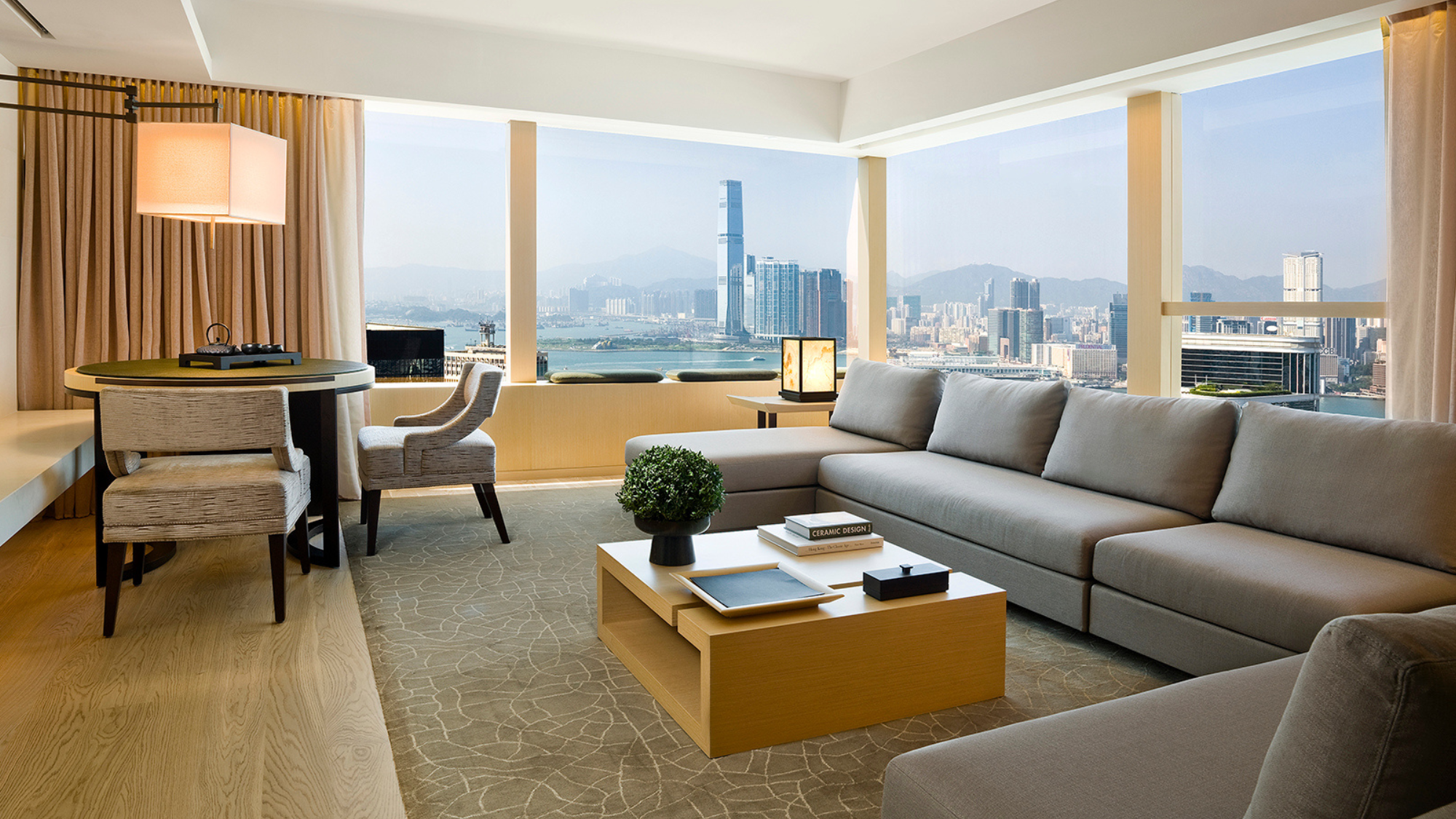 Upper House Hong Kong: a serene sanctuary in the bustle of the city
Upper House Hong Kong: a serene sanctuary in the bustle of the cityThe Week Recommends Panoramic harbour views and super-stylish interiors elevate this luxury hotel to another level
-
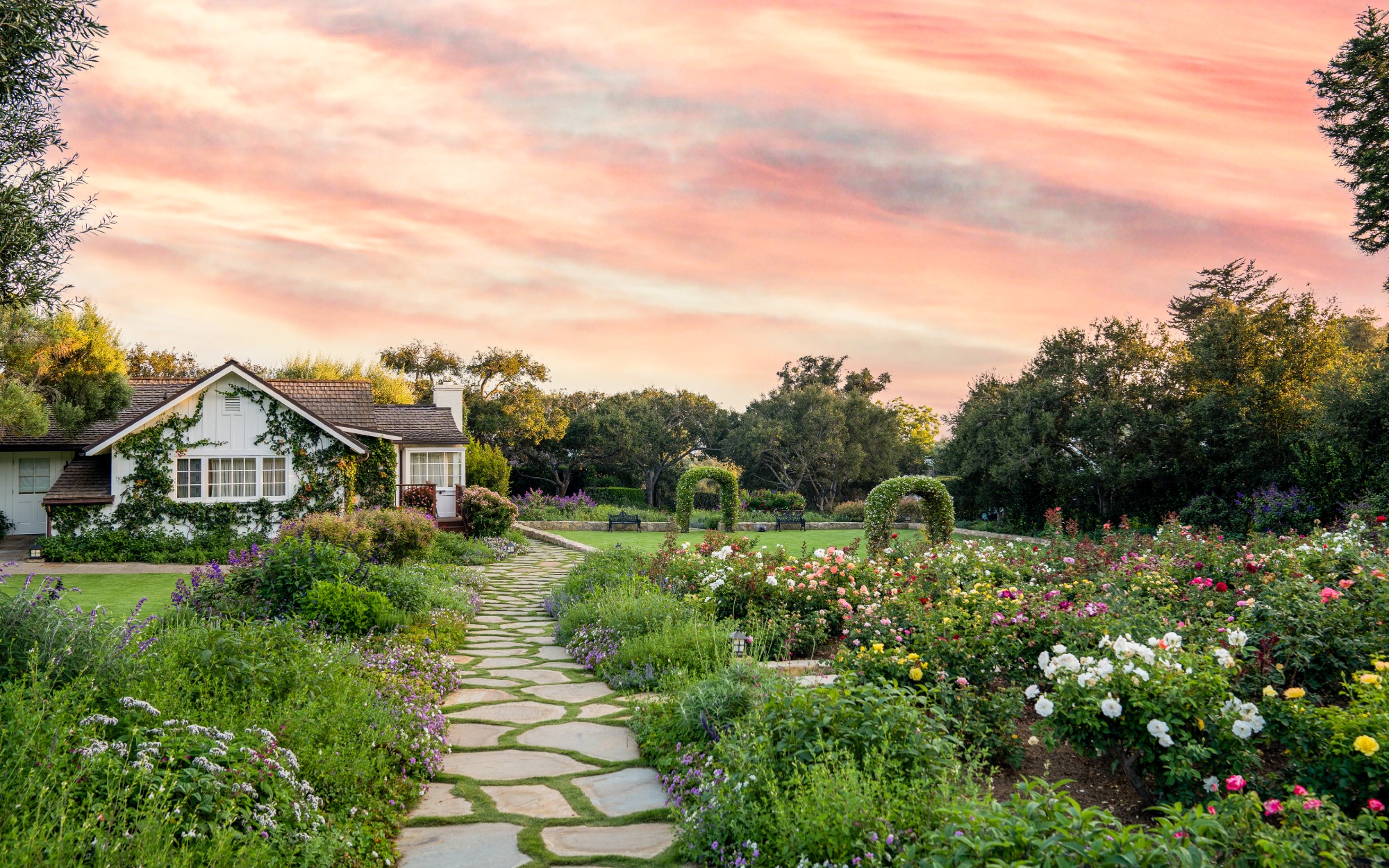 Step into a fairy tale at San Ysidro Ranch
Step into a fairy tale at San Ysidro RanchThe Week Recommends This historic Californian hideaway is pure magic
-
 The Old Bell Hotel: whimsy and charm in historic Wiltshire
The Old Bell Hotel: whimsy and charm in historic WiltshireThe Week Recommends Giraffes, monkeys and bold, bright colours add a playful touch to this 800-year-old inn
-
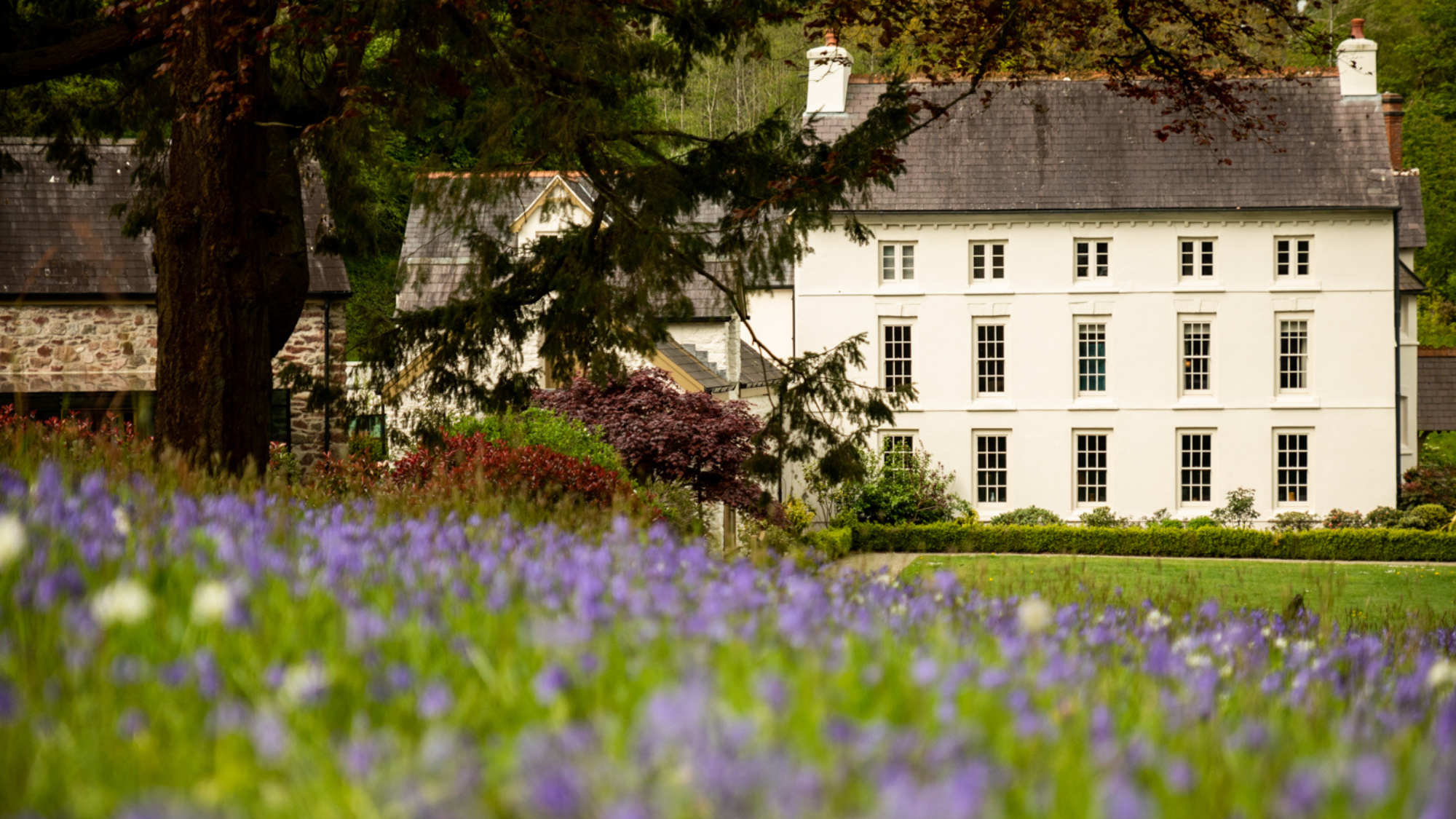 Grove of Narberth: comfort and style in the Welsh countryside
Grove of Narberth: comfort and style in the Welsh countrysideThe Week Recommends This boutique Georgian manor in Pembrokeshire is the perfect rural retreat
-
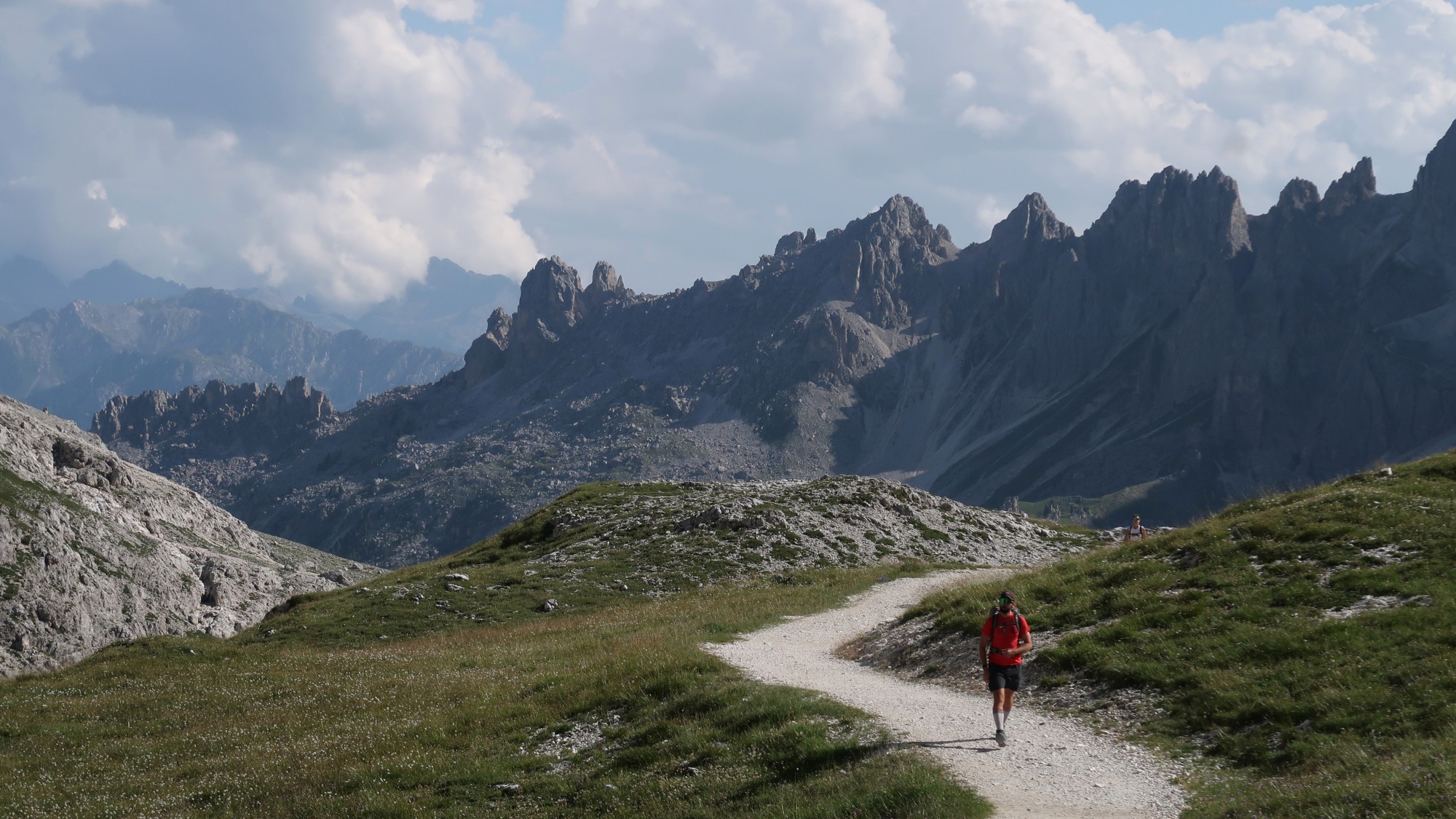 The best adventure holidays for adrenaline junkies
The best adventure holidays for adrenaline junkiesThe Week Recommends Five destinations perfect for outdoor thrill-seekers
-
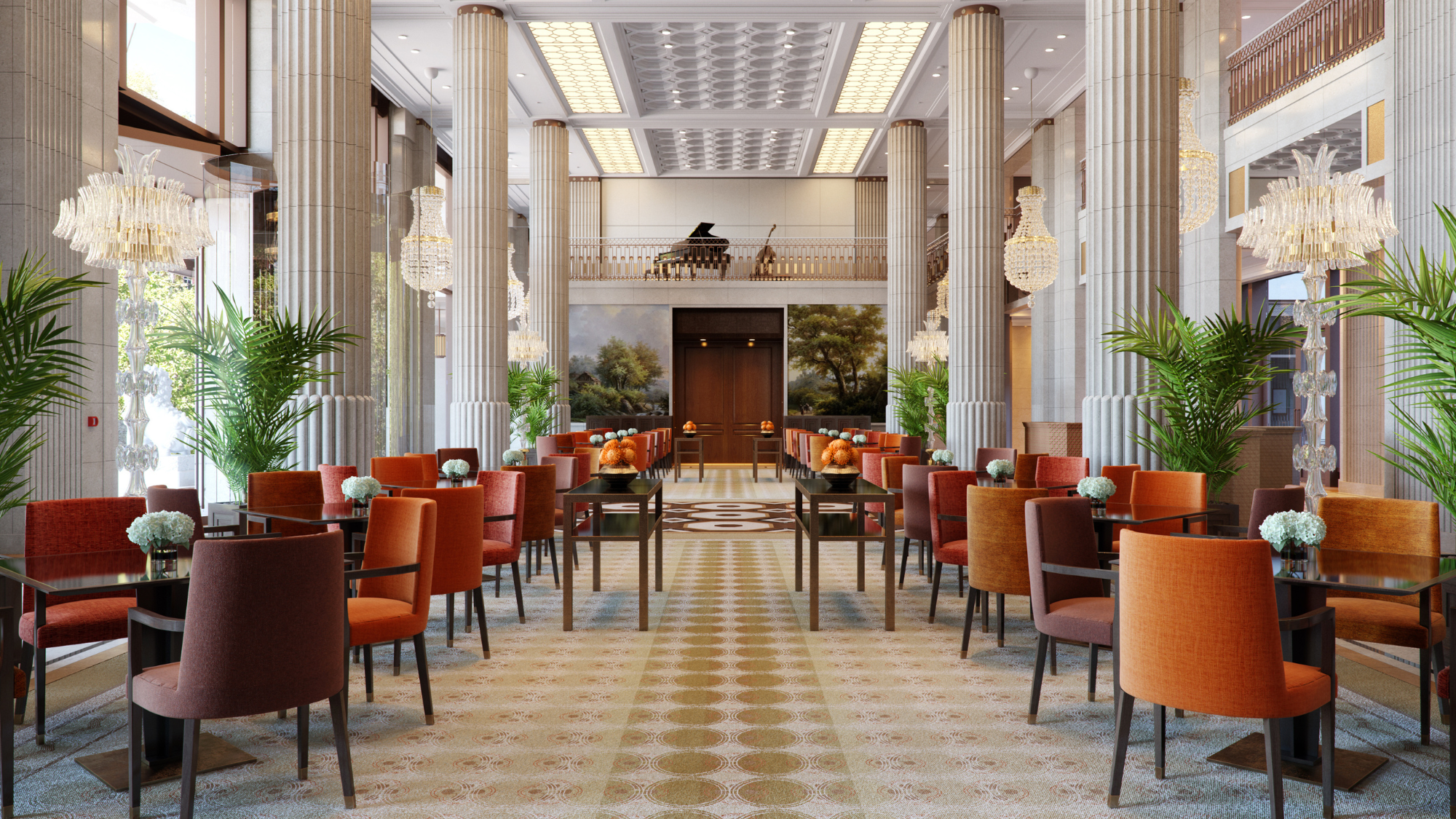 The Peninsula: London’s first billion-pound hotel
The Peninsula: London’s first billion-pound hotelThe Week Recommends As the capital’s super-luxury hotel scene continues to expand, the respected brand is still setting the standard
-
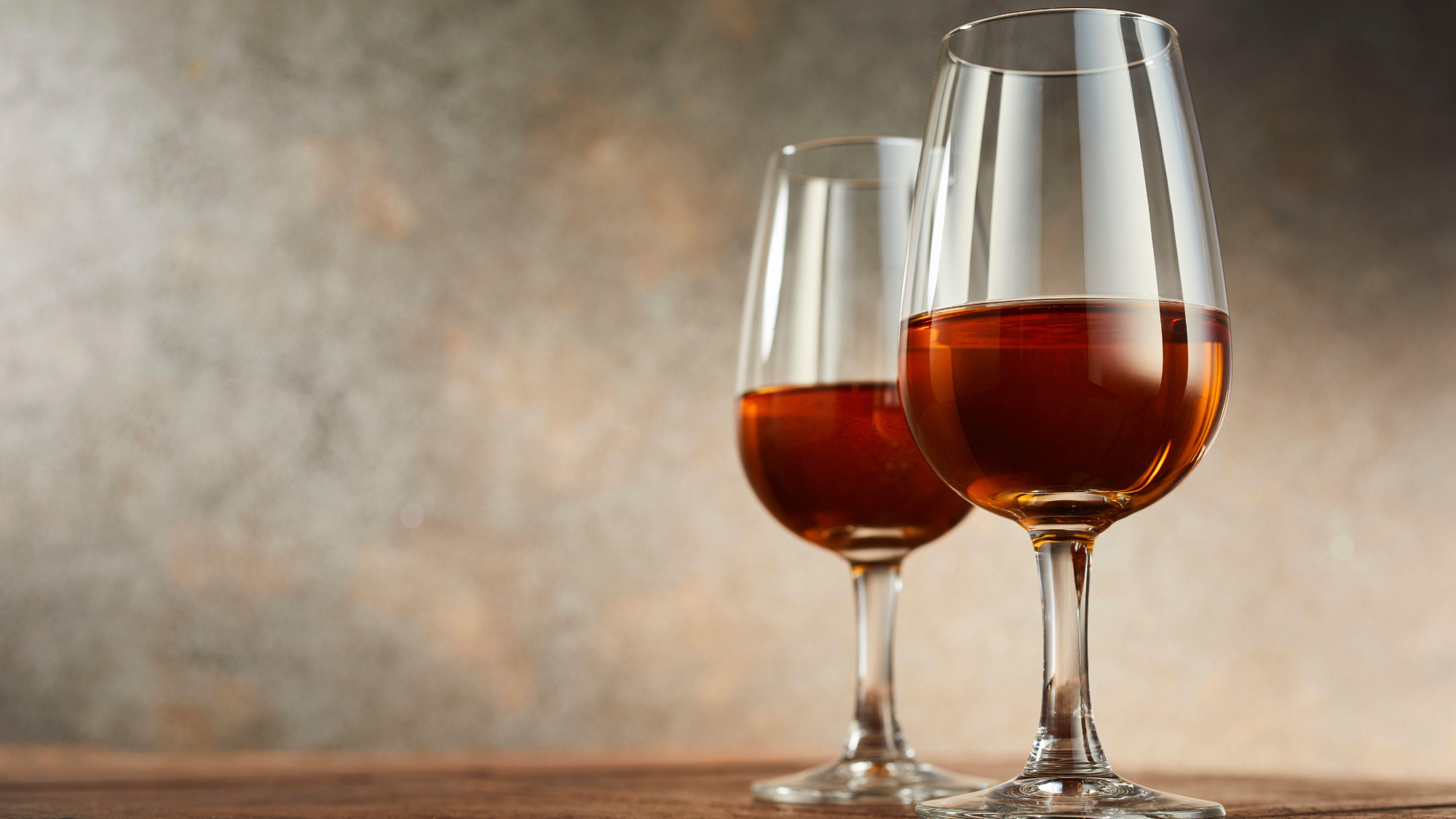 The best sherries to try this autumn
The best sherries to try this autumnThe Week Recommends The warming tipple from sunny Spain is an underrated cold-weather staple
-
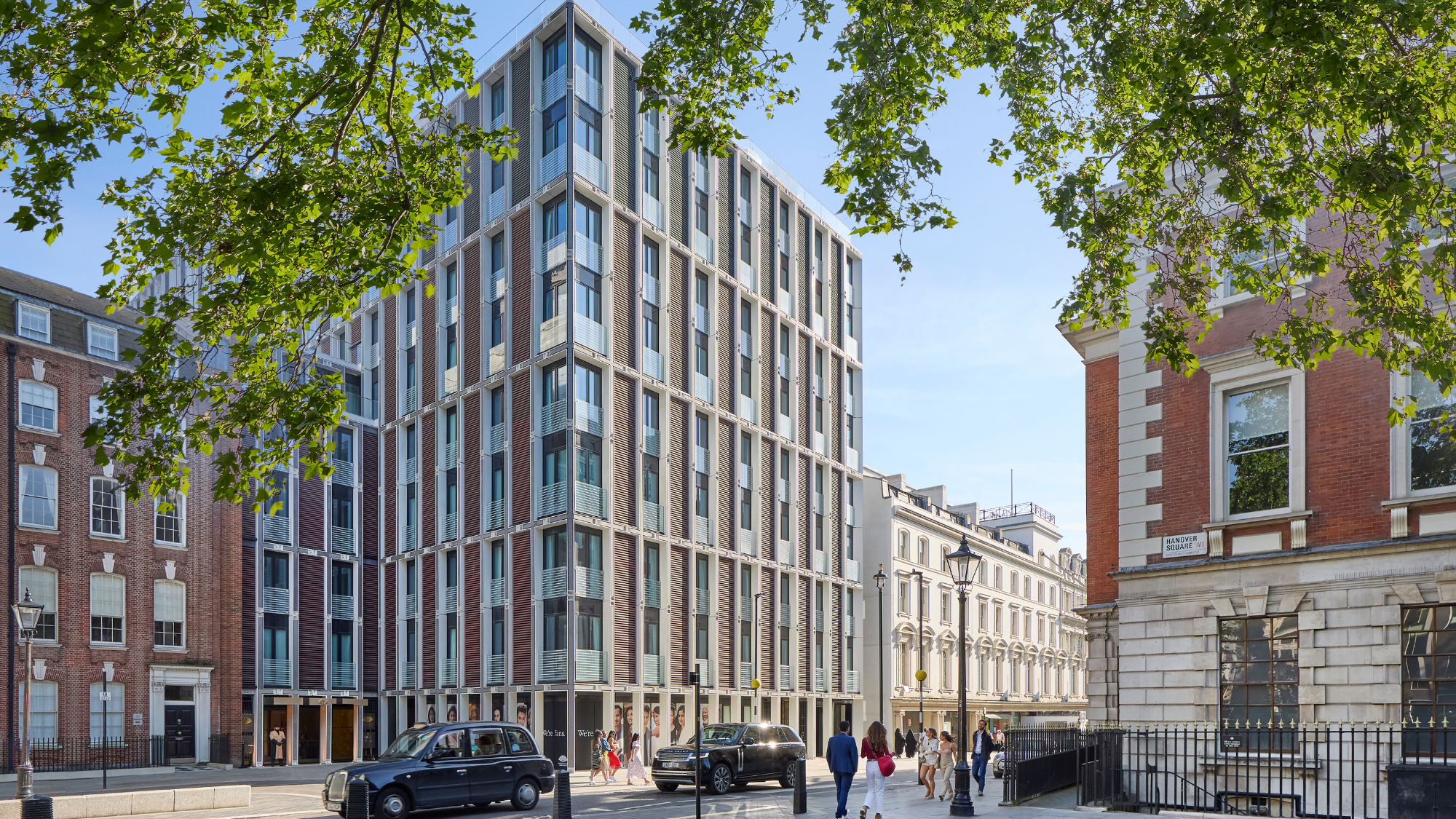 The Mini-Mayfair package at Mandarin Oriental
The Mini-Mayfair package at Mandarin OrientalThe Week Recommends Keep the kids entertained with a family-friendly stay at one of London’s swankiest hotels